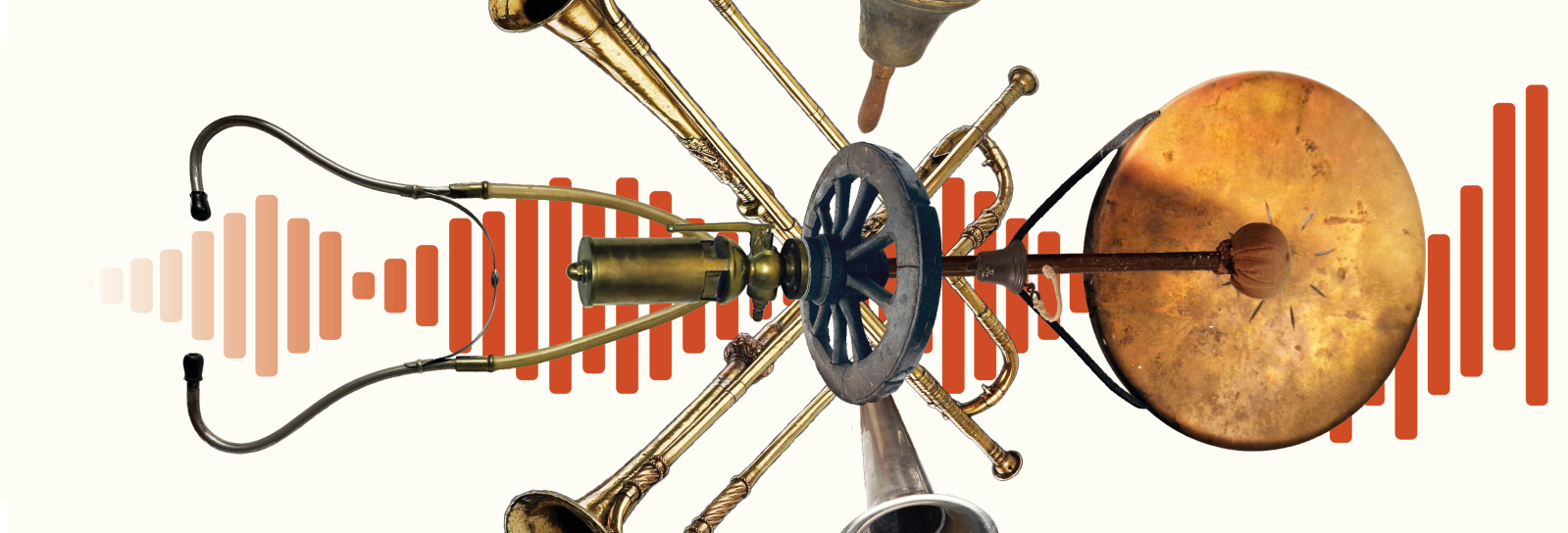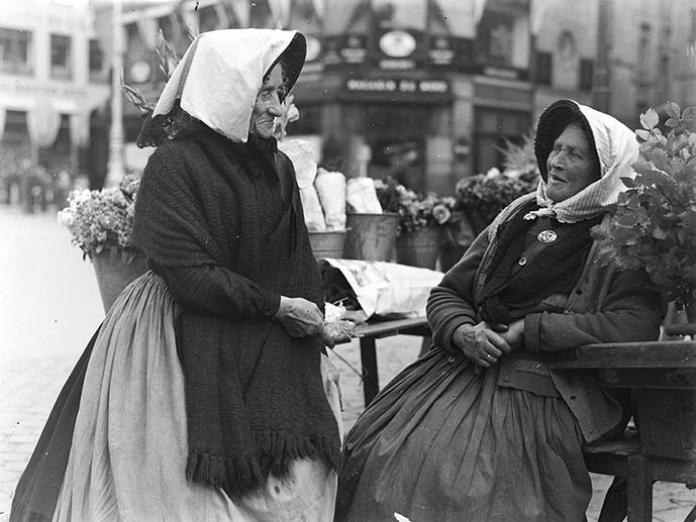THE SOUND OF COPENHAGEN

THE SOUND OF COPENHAGEN
Noise, Voices and Silence
What does Copenhagen sound like? And how has the city's sound developed over time?
You can learn about this - and much more - at the Museum of Copenhagen's special exhibition THE SOUND OF COPENHAGEN – Noise, Voices, and Silence, which can be experienced daily from 16 May 2025 to 4 January 2026.
Admission to the exhibition is included in the ticket to the Museum of Copenhagen.
From overcrowded walled city to modern metropolis
The focus is 19th-century Copenhagen, when some of the most dramatic changes in the city’s soundscape took place. The Danish capital went from being an overcrowded walled city to become a modern, industrialised, pulsating metropolis that more than quadrupled in size. Sound levels boomed at the same time as people’s sensitivity to noise increased. The exhibition, a collaboration between the Museum of Copenhagen and experience design studio Yoke, has three tracks.
Noise
The exhibition opens with a zone dedicated to Noise inviting visitors inside a total installation of the chaotic soundscapes of the past with sounds from the harbour, factories, Tivoli, Copenhagen Central Station, City Hall Square and local neighbourhoods. This cacophony of sounds ranges from the cry of seagulls, steamships in the harbour and the infernal noise of factory whistles, to fireworks at Tivoli, bicycle bells and the iconic sound of the bells of City Hall. En route visitors can see the complaints Copenhageners made about everything from pets to piano playing and the din of backyard industries, proving that what is intolerable noise for some is music to the ears of others.

Voices
In the Voices zone of the exhibition we turn to the way the walls and streets of the city were used as amplifiers. From street hawkers, whose cries were finely tuned to the city surrounding them over the centuries, to the bells, gongs, trumpets and drums that have been used to demonstrate and manifest power in the Danish capital.

Silence
The Silence section of the exhibition turns to the quest for peace and quiet as a contrast to the noise of the city, and the use of silence as a disciplinary and correctional measure. Given the sensory bombardment of city life, many took refuge in Copenhagen’s parks, residential neighbourhoods and at sanatoriums. Others, in schools, prisons and workhouses, had silence forced on them. In this zone visitors can listen to the silence of the sanatorium, park, school and workhouse.

A City without Sound
In developing the exhibition the Museum of Copenhagen has collaborated with the CFD and a group of young people with severe hearing loss. As visitors leave the exhibition they can see a cochlear implant used to create an artificial hearing experience for those with seriously impaired hearing. Despite sounding like a miracle, the technology is not without its downsides. It can, for example, prevent those with the implant from learning sign language and result in exclusion from communication among members of the deaf community.
